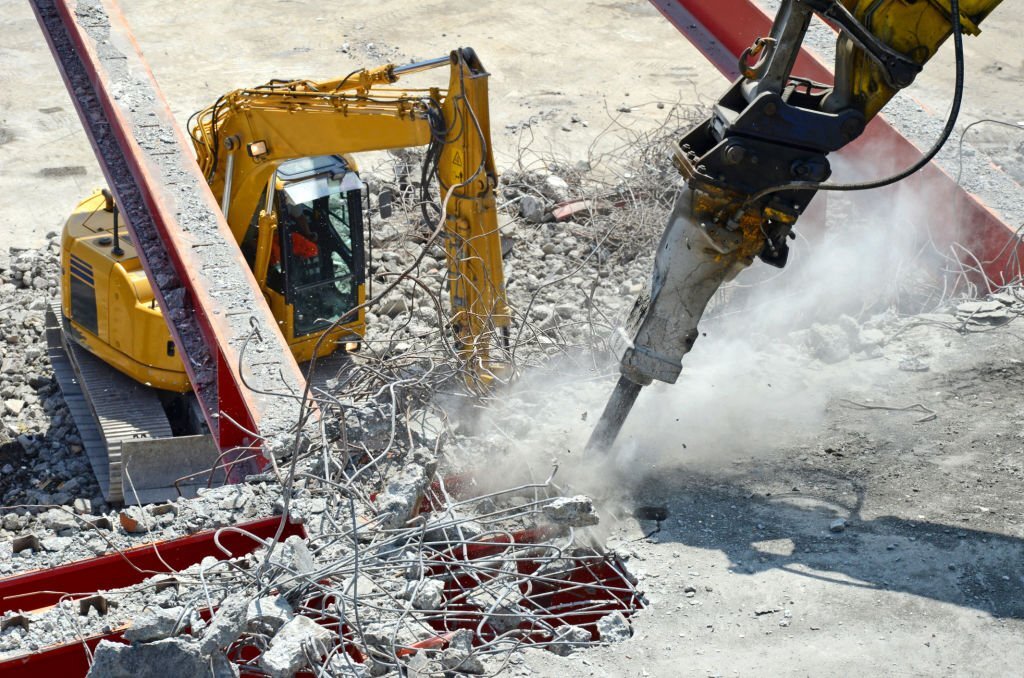
Introduction
Demolition shears are formidable attachments designed to cut through concrete and steel with precision and force. These powerful tools are widely used in the construction and demolition industries for their ability to perform selective dismantling of structures. However, like any equipment, demolition shears come with certain limitations that construction professionals should be aware of. In this comprehensive article, we will explore the limitations of using demolition shears for heavy equipment. From material compatibility and reach to precision, safety considerations, and environmental impact, we will uncover the factors that can affect the effectiveness of demolition shears in various demolition scenarios.
1. Material Compatibility
One of the primary limitations of using demolition shears is material compatibility. While they excel at cutting through concrete and steel, they may not be suitable for other materials like wood, glass, or brick. It is essential to evaluate the type of materials to be demolished and ensure that the demolition shears are the appropriate tool for the job.
2. Reach and Accessibility
Demolition shears are typically mounted on heavy equipment, such as excavators or backhoes. The reach of the equipment can be a limitation in certain demolition scenarios. It may be challenging to access tight or confined spaces, especially in urban environments where buildings are closely situated.
3. Precision and Selective Demolition
While demolition shears offer impressive cutting force, their precision and control may not be as refined as other demolition methods, such as diamond wire saws. Performing highly selective demolition, where specific sections of a structure need to be preserved, may be more challenging with demolition shears.
4. Safety Considerations
Using demolition shears requires a high level of skill and expertise. The force generated by these powerful tools poses safety risks to both operators and bystanders. Adequate training and safety protocols are crucial to ensure safe operation during demolition activities.
5. Environmental Impact
The use of demolition shears can generate noise and vibration, which may have environmental implications, especially in densely populated areas. Additionally, the debris generated during demolition must be handled responsibly, adhering to environmental regulations and waste management practices.
6. Risk of Damage to Equipment
The intense force exerted by demolition shears can put significant strain on the equipment to which they are attached. Prolonged and intense use of demolition shears may lead to wear and tear on the equipment, potentially resulting in costly repairs or downtime.
7. Limited Use for Complex Structures
Demolition shears are most effective for cutting through relatively simple structures with straight lines and uniform materials. For more complex structures with intricate designs and mixed materials, other demolition methods may be more suitable.
8. Size of Debris
When using demolition shears, the size of the debris generated can be significant. Handling and removing large debris can require additional equipment and logistical considerations, impacting the efficiency of the demolition process.
9. Cost Considerations
The cost of using demolition shears, including equipment rental, maintenance, and operation, should be considered when evaluating their feasibility for a demolition project. For smaller demolition tasks or projects with specific requirements, the cost-effectiveness of using demolition shears may need to be carefully assessed.
10. Complementary Demolition Methods
To overcome the limitations of using demolition shears, construction professionals often employ complementary demolition methods. This may include using hydraulic breakers for concrete breaking or diamond wire saws for precise cutting in selective demolition scenarios.
Conclusion
Demolition shears are powerful tools that play a valuable role in selective demolition tasks. However, they also come with certain limitations that construction professionals should take into account. Material compatibility, reach, precision, safety considerations, and environmental impact are factors that can affect the effectiveness of demolition shears in various demolition scenarios. By understanding these limitations and employing complementary demolition methods when necessary, construction professionals can optimize their demolition operations and ensure a safe and efficient dismantling process.

